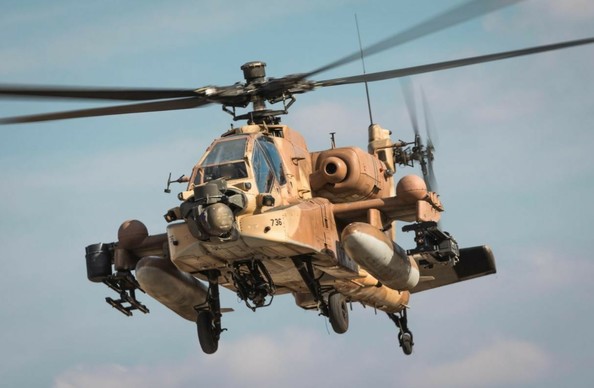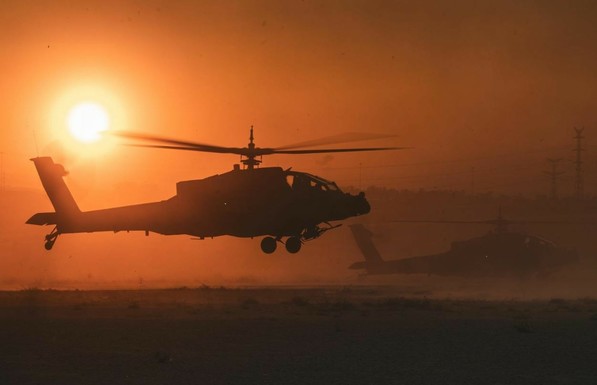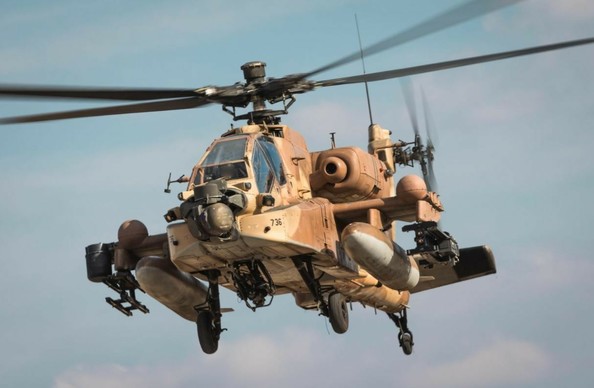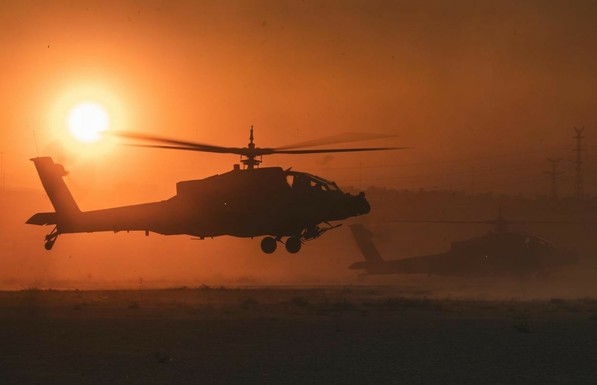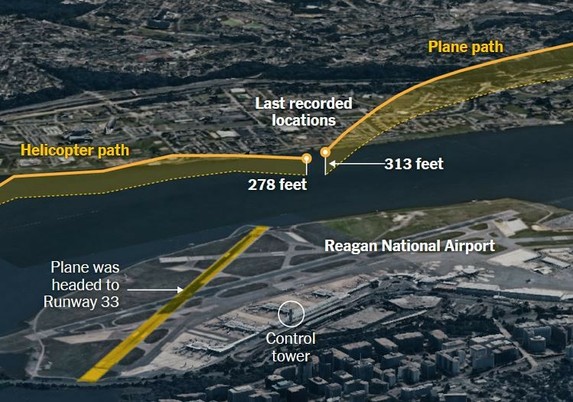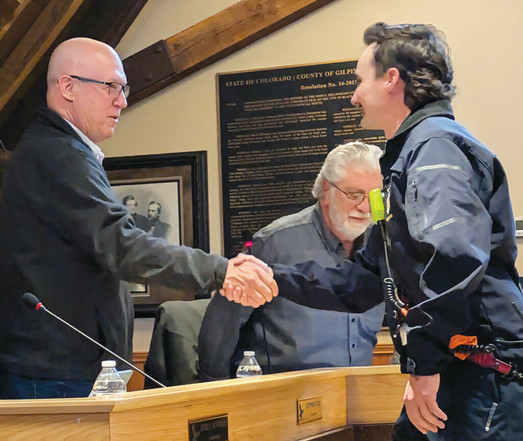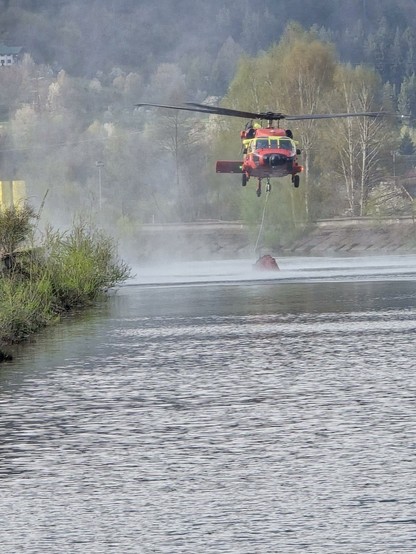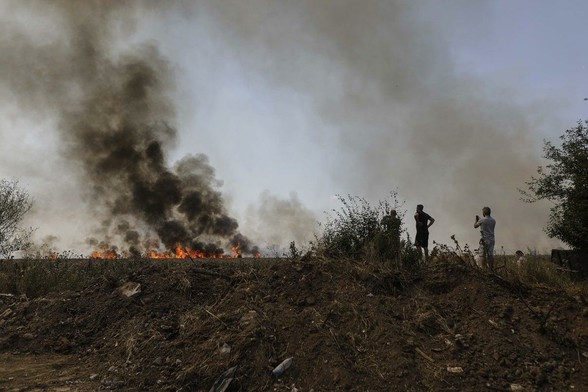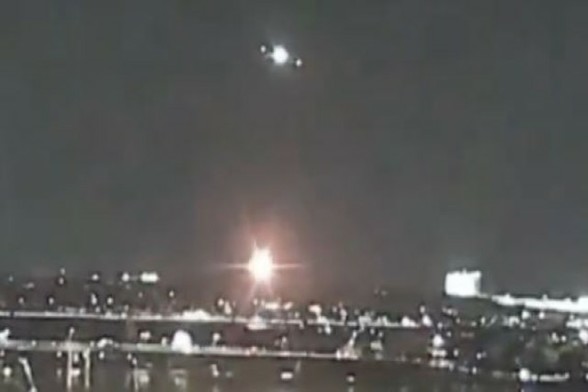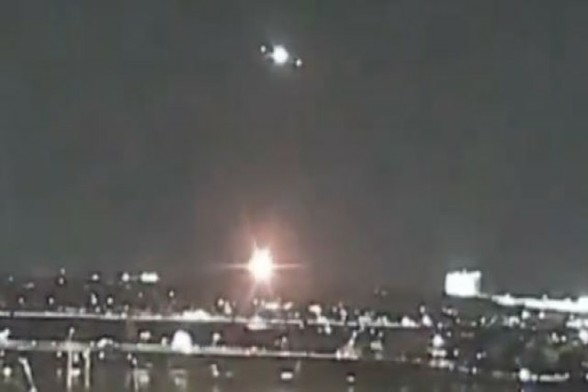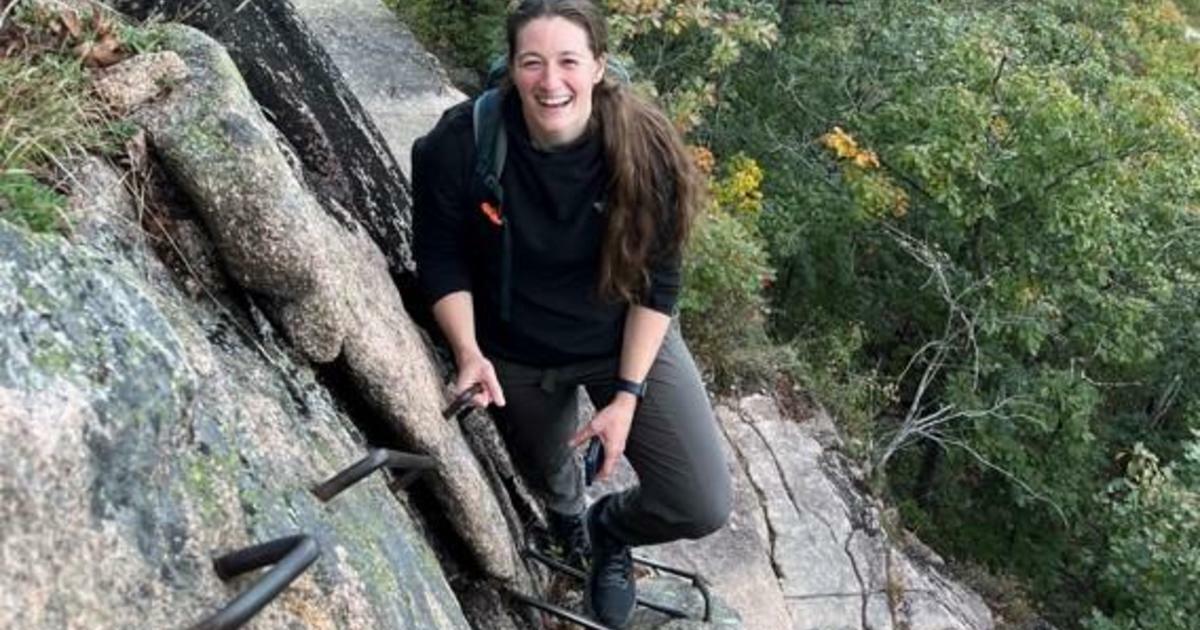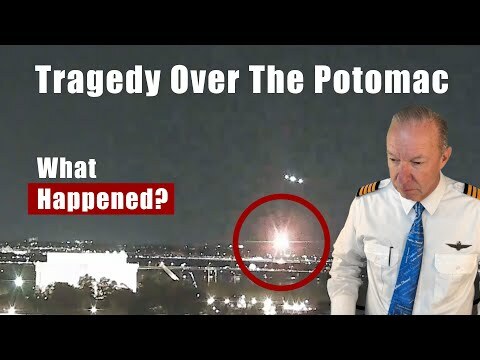Israel Signs $55M Deal with Elbit for Helicopter Defense Systems
Recent searches
Search options
#blackhawk
Israel Signs $55M Deal with Elbit for Helicopter Defense Systems
Not surprising, the crash of P.A.T. 2.5, an army Black Hawk helicopter and American Airlines Flight 5342 near Reagan National Airport on Jan. 29, resulted from multiple factors.
1) Black Hawk crew did not execute visual separation effectively.
2) Black Hawk was flying too high.
3) Just before the collision the Black Hawk pilot failed to heed a directive from her co-pilot to change course.
4) Radio comms between the Black Hawk and Air Traffic Control were compromised.
5) A key position tracking system called ADS-B Out on the Black Hawk was turned off.
6) Air Traffic Control did not issue clear, urgent instructions to the Black Hawk to avert the crash.
Apparently the use of "visual separation" flight rules was a critical issue. https://www.nytimes.com/2025/04/27/business/dc-plane-crash-reagan-airport.html?unlocked_article_code=1.C08.qKvI.6rbL6msqc5S1&smid=url-share&utm_source=newsletter&utm_medium=email&utm_campaign=newsletter_axiosam&stream=top #FAA #NTSB #planecrash #aviation #BlackHawk #ReganNational #flightrules #helicopter
Wildlife concerns prompt new food storage ordinance https://www.diningandcooking.com/2051144/wildlife-concerns-prompt-new-food-storage-ordinance/ #Allenspark #BlackHawk #BoulderCounty #CentralCity #co #CoalCreekCanyon #colorado #food #Gilpin #GoldHill #GoldenGateCanyon #nederland #PeakToPeak #RockyMountains #WildBear
#Argeș. Incendiul de pădure din comuna #Cetățeni s-a extins pe o suprafață de 24 de hectare. Pompierii intervin cu un elicopter #BlackHawk. Misiunea, îngreunată zona este greu accesibilă.
Drawing of Lakota Ceremony (page 6),
unknown title (page 56),unknown title (page 64)
from Black Hawk Ledger, Lakota (Sioux)
1880-1881
#art #drawing #ledgerart #Lakota #BlackHawk #painting #ritual
Sute de hectare din șapte județe, afectate de incendii de vegetație.
La intervenții participă și o aeronavă #BlackHawk.
Czechs crowdfund money to purchase Black Hawk helicopter for Ukraine
https://kyivindependent.com/czechs-crowdfund-money-to-purchase-black-hawk-helicopter-for-ukraine/
#WarOfAggression #Europa #Ukraine #Armee #Czechs #crowdfund #war #Czech #WarCriminal #occupiers #defenders #BlackHawk #Helicopter
#перемогаYкраїни
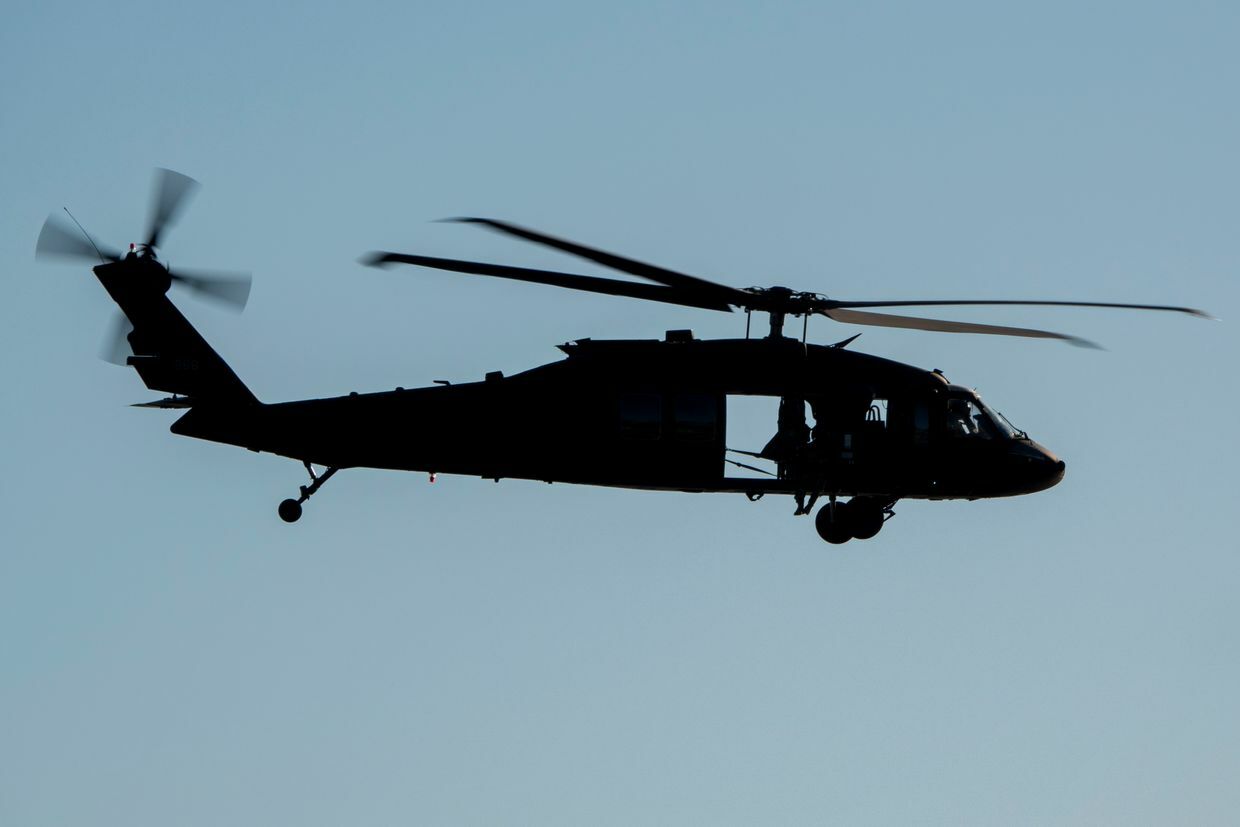
Family of Midair Collision Victim Files $500M Claims against FAA, U.S. Army
Family of Midair Collision Victim Files $500M Claims against FAA, U.S. Army
Family of Midair Collision Victim Files $500M Claims against FAA, U.S. Army
Did glare from outdoor lighting in Washington, D.C., contribute to last month's air disaster there?
"Our examination shows how the American Airlines jet and the second plane, though separated by miles, would have appeared close to one another near the horizon and the helicopter crew could have confused the two jets when the tower first warned of incoming air traffic. The examination further shows how around a minute later, as viewed from the helicopter cockpit, the lights of the incoming American Airlines jet could have been obscured by the glow of the city skyline, allowing the jet to go undetected."
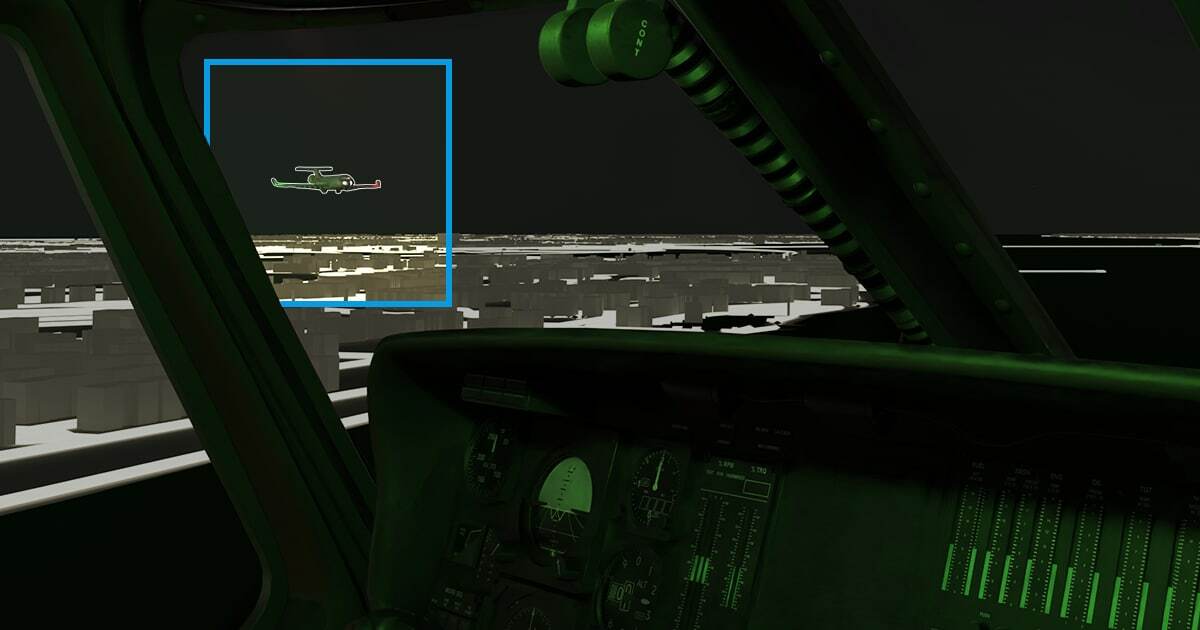
Data Request For Potomac River Tragedy - National Centers For Environmental Information (NCEI), NOAA In The News
--
https://www.ncei.noaa.gov/ <-- shared NCEI home page
--
“A CNN Reporter requested data to portray the depth of the Potomac River near the site of the tragic plane and helicopter crash. The Digital Elevation Model Bathymetry (DEM) Team responded with information on how to use NCEI’s high-resolution Continuously Updated Digital Elevation Models (CUDEMs) to generate a map of the Potomac River and provided an example map…”
#GIS #spatial #mapping #remotesensing #bathymetry #topobathy #DEM #elevation #depth #NCEI #opendata #CUDEM #disaster #collision #air #potomacriver #potomac #crash #airdisaster #Washington #helicopter #ArmyHelicopter #blackhawk #NOAA #aviation #midair
@NOAA @NCEI
One of 3 soldiers aboard #BlackHawk chopper involved in midair collision identified as longtime aviation officer - CBS News #Flight5342
The streak nobody wanted to see end
Doing anything with a 100 percent success rate is hard, and maintaining that perfect record for almost 16 years in a row is exponentially harder. And yet that’s what the U.S. airline industry had accomplished until Wednesday evening: year after year of having every scheduled takeoff conclude with the plane landing in one piece.
I wanted that streak to continue forever while realizing how improbable that would be. What I did not expect was that it would end a few miles from my house in a fireball over the Potomac River, just east of the airport I’ve probably flown in and out of more than any other in the world.
Wednesday night’s fatal mid-air collision between an American Airlines-marketed CRJ700 regional jet and a U.S. Army UH-60 Black Hawk helicopter, about 2,000 feet off Runway 33 at National Airport, happened close enough that I might have seen it firsthand had I been outside somewhere at the time.
Some of the thousands of Washingtonians and Arlingtonians who live in buildings overlooking DCA did witness the collision and will never be able to unsee it.
That is chilling to contemplate, though not nearly as upsetting as thinking about the 67 lives lost and how close the 64 passengers and crew on AA 5342 were to wheels down on that runway1.
The first fatal crash of a U.S. airline since February of 2009–and the first involving National Airport since the crash of Air Florida 90 just over 43 years ago, notwithstanding how busy National has become and how many helicopters whir around its airspace–is a horrible break with the culture of safety in U.S. commercial aviation.
People may assume that culture just happens, but it has taken an immense amount of sustained, selfless work. Airlines, airports, air traffic control and government regulators have combined to construct and operate a marvelously complicated machine that transports vast numbers of people–more than 819 million domestic passengers on U.S. carriers in 2023–and almost never fails in a way worse than a delayed or canceled flight.
Car and truck travel, meanwhile, resulted in nearly 41,000 deaths in 2023; the comparison with scheduled air travel is so unflattering that it might look fake. More than once, I’ve said to other people, only somewhat in jest, “If you want to live forever, get on an airplane.”
A critical part of aviation’s culture of safety is documenting what went wrong. Not as in President Trump’s ignorant, bigoted, and hateful press-conference rantings, but as in a National Transportation Safety Board report that will lay out in precise and agonizing detail what factors brought those two aircraft to their deadly intersection, so that everybody in the aviation industry will know what they can do to make sure those things never happen again.
- Via my habit of window-seat photography, it looks like I last had a flight use Runway 33 in November of 2023, departing Washington for LaGuardia. The picture above shows 33 as seen from a departure off Runway 4 in a United Airlines-marketed CRJ550–a conversion of the CRJ700 to add more first-class and Economy Plus seats. ↩︎
#ATC 2X alerted the #Army helicopter to the presence of an inbound #AmericanAirlines jet, w/the first warning issued 2 mins before the aircraft collided Wed near #ReaganNationalAirport, radio transmissions show.
Aviation experts who reviewed the comms said that a member of the #BlackHawk helo crew responded each time by saying that he could see the plane & requested “visual separation,” meaning the helo would maintain a safe distance. Each time, the request was approved.
https://www.washingtonpost.com/investigations/2025/01/31/audio-air-traffic-control-dc-plane-crash/
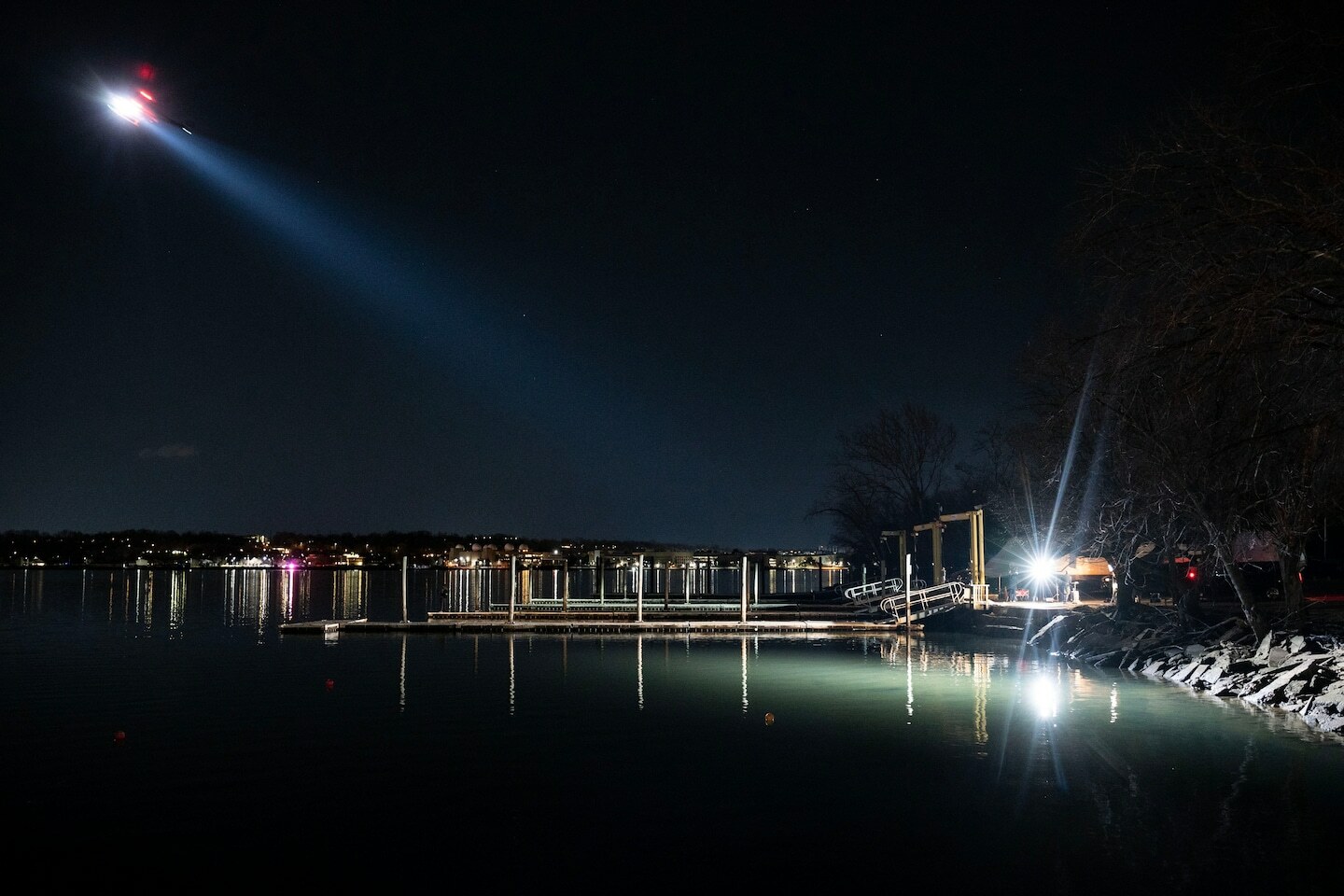
@bespacific Elephant in the room looking more like the BlackHawk copter was looking for trouble than any FAA timeline. #potomac #blackhawk
https://www.youtube.com/watch?v=hfgllf1L9_4
via https://sfba.social/@drahardja/113922021778305822
Chief Warrant Officer Andrew Eaves, had 1,000 hours of flight time, which is considered experienced. The co-pilot, whose name is being withheld, had 500 hours, which is considered normal.
Officials also tell NPR that the #BlackHawk was supposed to be flying at a maximum of 200 feet, though sources say it was flying at least 100 feet higher. All requested anonymity given the sensitivity of the investigation.


